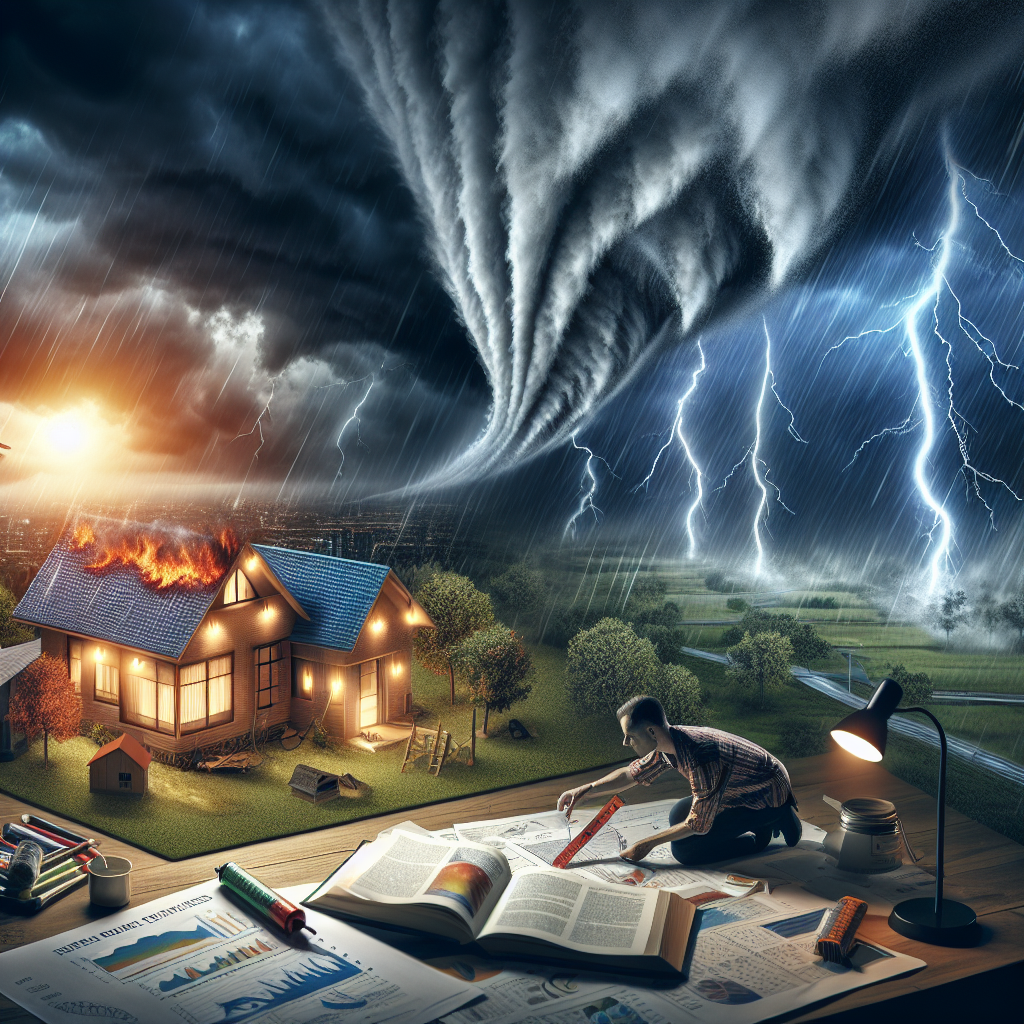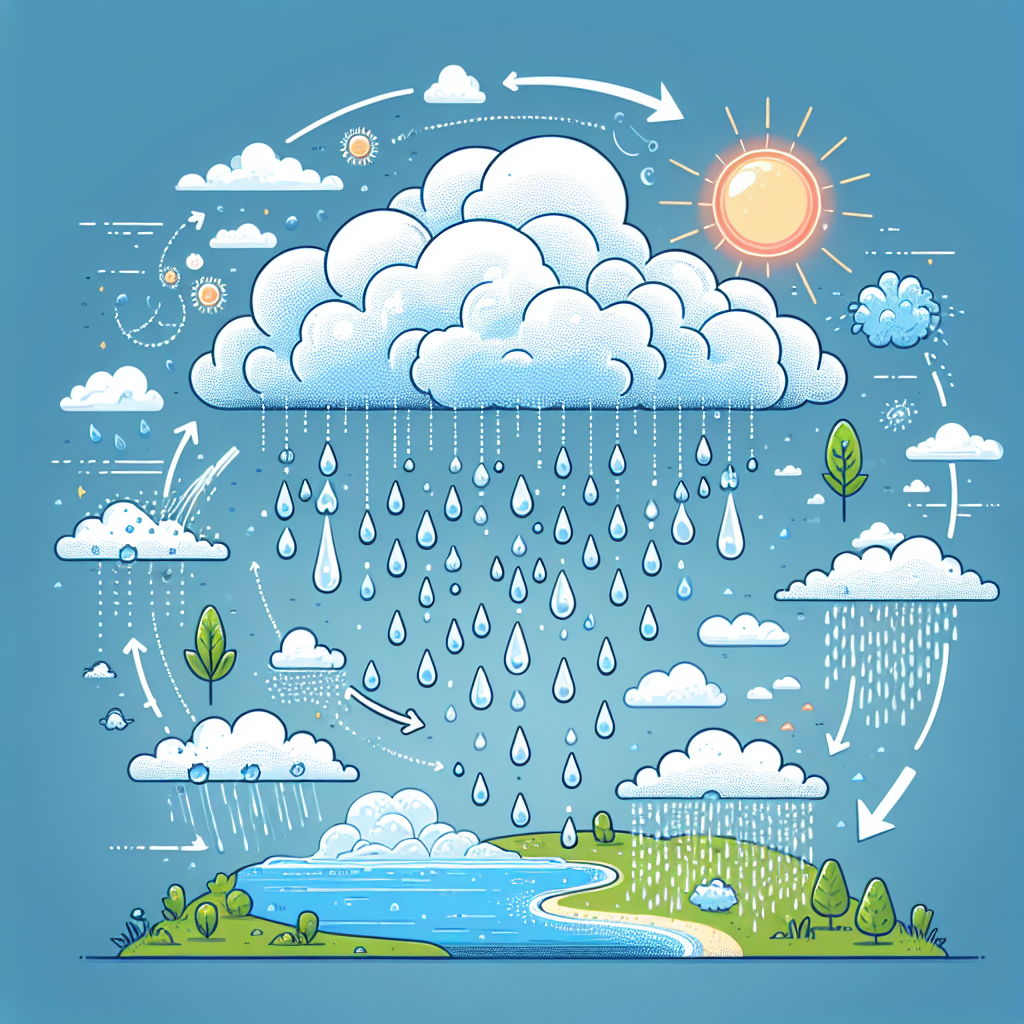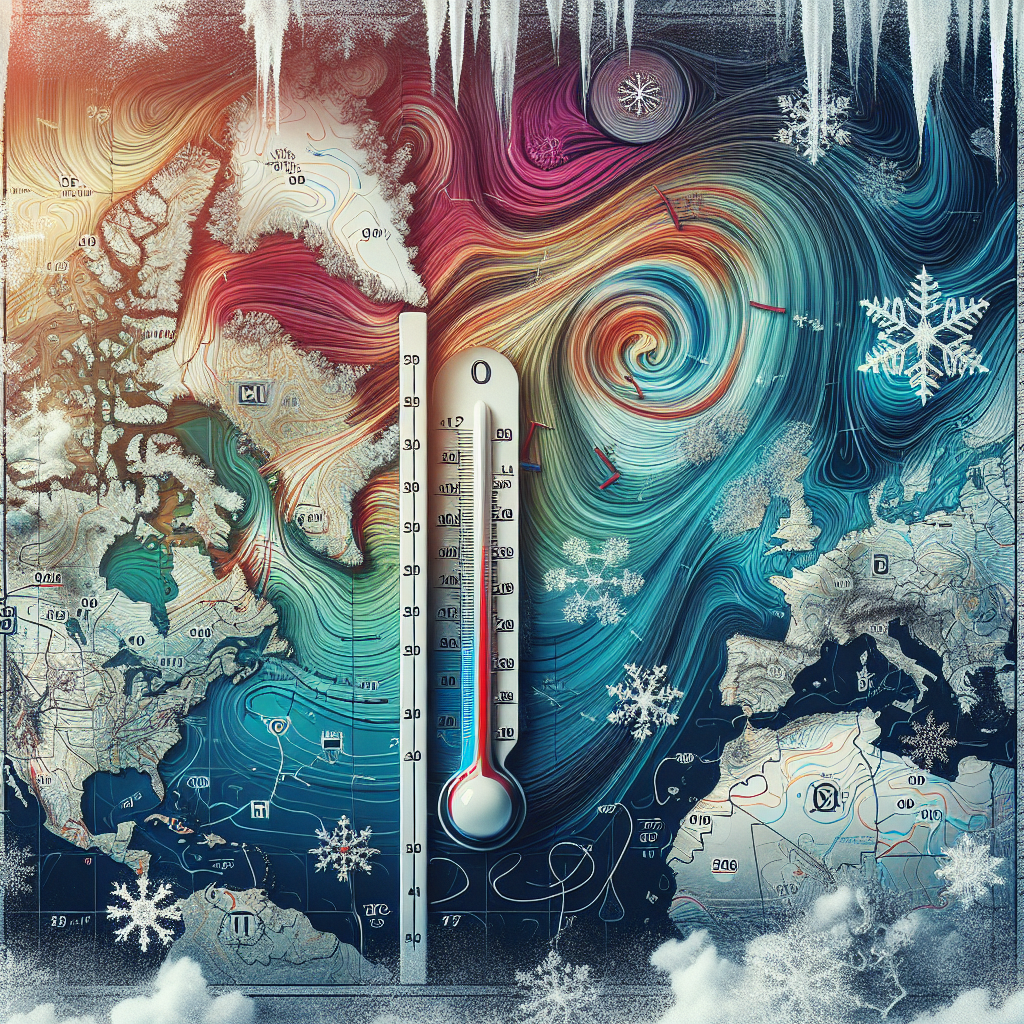Understanding Hurricane Season
Hurricane season typically runs from June 1 to November 30 in the Atlantic and Central Pacific. During this time, tropical storms can develop into hurricanes capable of causing substantial damage. Understanding the dynamics of hurricane formation and the categories of hurricanes can help individuals and communities prepare and respond effectively.
Categories of Hurricanes
The Saffir-Simpson Hurricane Wind Scale categorizes hurricanes from Category 1 to Category 5 based on sustained wind speeds.
- Category 1 (74-95 mph): Minimal damage to well-constructed homes; some power outages possible.
- Category 2 (96-110 mph): Significant damage; roofs and siding can be severely damaged.
- Category 3 (111-129 mph): Devastating damage; well-built homes can sustain major damage and flooding is possible.
- Category 4 (130-156 mph): Catastrophic damage; complete roof failure on many homes.
- Category 5 (157 mph or higher): Total destruction of homes; catastrophic flooding likely.
Preparedness Plans
Creating a tailored preparedness plan is essential for individuals and families.
1. Emergency Kit Preparation
An emergency kit should contain essential items, such as:
- Non-perishable food for at least 72 hours.
- Water—one gallon per person per day.
- Flashlights and batteries.
- First-aid kit.
- Medications.
- Important documents (ID, insurance).
- Local maps.
- Special items for infants, elderly, or those with disabilities.
2. Communication Strategy
Establish a communication strategy that includes:
- A designated meeting place and contact person.
- Regular check-ins with family members.
- Signalling methods if mobility is limited.
3. Home Safety Measures
Bolster your home against hurricane threats:
- Install storm shutters or board windows with plywood.
- Secure outdoor objects that can become projectiles.
- Check and reinforce your roof, especially for weak spots.
- Maintain your landscaping to reduce the risk of falling trees or branches.
Evacuation Routes and Shelters
Understand your local evacuation routes and have alternatives ready. Check for multiple routes in case one becomes impassable. Local authorities often provide information on evacuation shelters equipped for safety.
1. Regional Considerations
Each region may have different risks associated with hurricanes.
- Coastal Areas: Typically have firsthand experience with evacuations; heed local authority advice.
- Inland Areas: While they face lower wind speeds, they may have flooding risks.
Monitoring and Alerts
Stay informed by monitoring local weather updates through:
- NOAA Weather Radio
- Smartphone applications for real-time alerts.
- TV and radio stations for ongoing coverage.
Set up alerts for severe weather warnings to receive timely notifications when conditions change.
Post-Hurricane Actions
Once the hurricane has passed, proceed with caution.
1. Assessing Damage Safely
Wait for local authorities to declare it safe before returning home if you evacuated. Assess your property for hazards such as:
- Downed power lines.
- Gas leaks; ventilate your home if you smell gas.
- Flooded areas—avoid entering as they may contain pollutants.
2. Clean-up and Recovery
Document damages through photographs for insurance claims:
- Keep receipts for any temporary repairs.
- Begin clean-up while adhering to safety protocols.
Community Involvement
Community organizations often play a crucial role in facilitating post-hurricane recovery. Engaging with local volunteer networks can help those in dire need. Joining community resilience programs will help build relationships with neighbors who can assist in emergencies.
Insurance Review
Ensure your homeowner’s insurance policy includes hurricane coverage and that it is up to date. Familiarize yourself with your deductible and what assistance is available. Consider flood insurance, as standard policies may not cover flood damage.
Children’s Preparedness
Incorporate children into your family preparedness plan:
- Educate them about hurricanes and safety protocols.
- Conduct drills to practice evacuation and emergency scenarios.
- Provide them with appropriate supplies, like snacks and toys, to ease anxiety during stressful events.
Psychological Preparedness
Hurricanes can be traumatic events, leading to emotional impacts. Consider these strategies for psychological resilience:
- Maintain open lines of communication—discuss fears and concerns.
- Encourage children to express their feelings through art or discussions.
- Seek counseling services for ongoing emotional support if needed.
Resources and Tools
Several resources are available for effective hurricane preparedness:
- FEMA: Offers comprehensive guidelines on disaster preparedness.
- Ready.gov: Provides steps to create emergency kits and family plans.
- Local Emergency Management Offices: They offer community-specific resources.
Conclusion
Navigating hurricane season effectively requires a comprehensive approach involving preparation, continuous monitoring, and community engagement. Ultimately, staying informed, organized, and proactive are essential strategies in minimizing risks and ensuring safety during these perilous times. Taking direct action now can lead to greater resilience and a more robust response when hurricane threats arise.




















